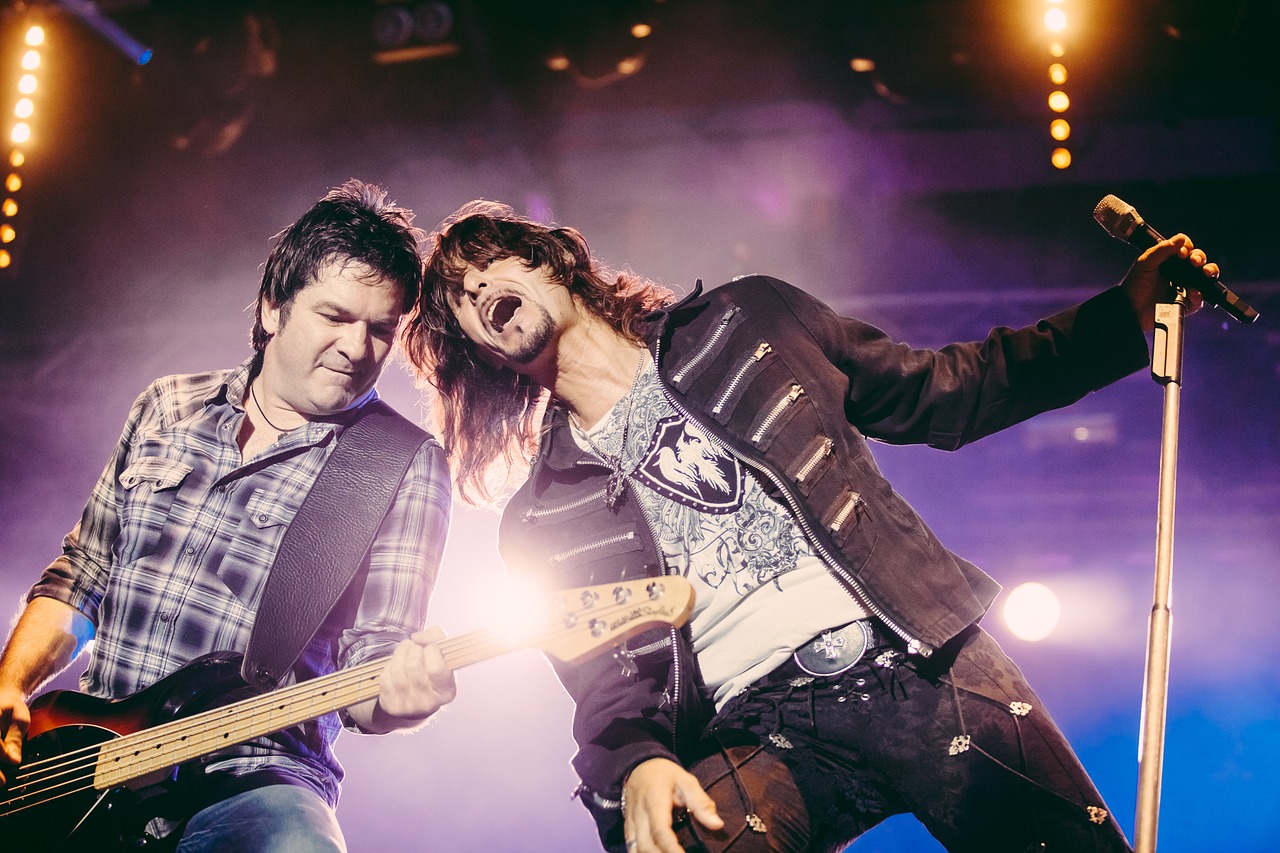This Week’s Insights: Public radio and the healing of America’s politics… Movies are going to radically change in the next ten years… Audio books and podcasts may be converging as a form… Millennials are for the first time paying more for games than TV… The rise of “fake” music festivals.
- Can Public Media Bridge A Deeply Divided America? Perhaps we’ve never been so politically divided. And many are in no mood to listen to another side, let alone find places of common cause. Public media has a reputation for being close to center. So can it facilitate discussion between sides? “What we can do best is lay out the issues to start a conversation. It is not our job to heal, it’s our job to create and promote conversation … that can encourage other people to investigate ways of healing.”
- Will Movies Ten Years From Now Look Anything Like Movies We Know Now? Unlikely. Everything about the business is changing – how movies are made, the technology, the distribution, how they pay for themselves, who’s making them… Even the audiences are changing and what those audiences expect. For example, the audience is truly global now, and Hollywood is increasingly making fare for overseas markets which have different tastes than American audiences do. So where do industry leaders think things are going? Here, 24 of them cast their eyes into the crystal ball.
- Audio Books, Podcasts… Are The Formats Converging? Will these different digital audio worlds continue to exist separate, parallel, and mostly unintrusive of each other? Or will they, over the medium to long term, end up colliding in direct competition? The formats increasingly seem to be colliding, and expectations of listeners are changing.
- Study: For First Time: Millennials Are Paying For For Digital Games Than For TV: About 53% of people born between 1983 and 1996 now pay for gaming services, versus 51% who pay for television, according to a survey from the accounting and professional services firm Deloitte. So what does this say about what the next generation expects from their entertainment? Clearly interactivity is more alluring…
- Our Rock Stars Are Dying. So Now The Rise Of Tribute Bands… And “fake” festivals. The music is hugely popular still. And tribute bands do facsimile performances. Audiences that love the music would rather hear it live than not. Even artists who are still performing may be too expensive or not currently touring. So these fake festivals offer opportunities to still get the “live” experience.

Leave a Reply